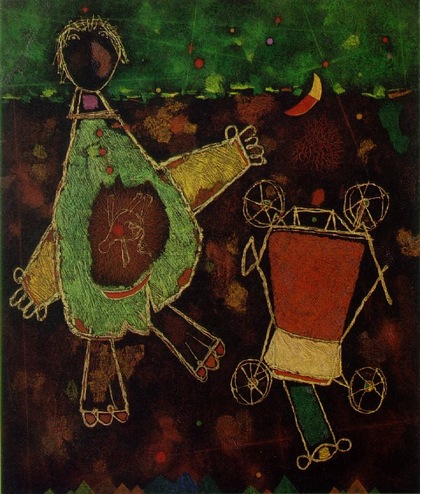AGING AND SOLITUDE
Abstract
Objective: The aim of this study is to analyze whether elderly people in a state of fragility, visited by the Emergency Domiciliary Care service, have received a follow-up program by the nursing staff and whether they were labeled as “Elderly people in state of fragility.”
Material and method: A two-phase observational study. Firstly, in phase I, a population comprising people older than 64 and visited by the emergency domiciliary service from the Raval Nord Primary Care Centre was selected. Whether they had received nursing follow-up and whether they had been diagnosed as elderly people in a frail state was analyzed. In phase II, a simple random sample from this population was chosen. Here, it was analyzed whether there had been changes in the nursing diagnosis and follow-up.
Results: Of a total was seen that of 776 medical emergency domiciliary visits, 568 (73.19%) were people belonging to the over 64 group. Out of the total, 57 cases (10%) belonged to the age group between 75 and 85 years old (80%). Out of this group, 77.26% were women; 94% were diagnosed with a chronic condition (diabetes, hypertension, chronic obstructive pulmonary disease, etc); and 77.2% were polymedicated. In addition, 66.7% were not included in the Domiciliary Care Program and were not diagnosed as frail elderly people. In phase II, an increase in nursing care, as well as in the “frail elderly people” diagnosis were found.
Conclusions: The use of nursing diagnosis for elderly people in a frail state is an indispensable tool for the monitoring and follow-up of that population.
Downloads
-
Abstract511
-
PDF (Español (España))271
The works published in this magazine are subject to the following terms:
1. The Publications Service of the University of Murcia (the publisher) preserves the copyright of the published works, and encourages and allows the reuse of the works under the license for use stated in point 2.
© Servicio de Publicaciones, Universidad de Murcia, 2011 (© Publications Service, University of Murcia, 2011)
2. The works are published in the electronic edition of the journal under Creative Commons Reconocimiento-NoComercial-SinObraDerivada 3.0 España(texto legal) “ a Attribution-NonCommercial-NoDerivatives 3.0 Spain license (legal text)”. They can be copied, used, broadcasted, transmitted and publicly displayed, provided that: i) the authorship and original source of their publication (journal, publisher and URL) are cited; (ii) are not used for commercial purposes; iii) the existence and specifications of this license is mentioned.
3. Conditions of self-archiving. Authors are allowed and encouraged to electronically disseminate the pre-print (pre-reviewed ) and / or post-print (reviewed and accepted for publication) versions of their works prior to publication, as it ensures a wider circulation and dissemination which may lead to a possible increase in its mention and a higher scope among the academic community. RoMEO color: green.













